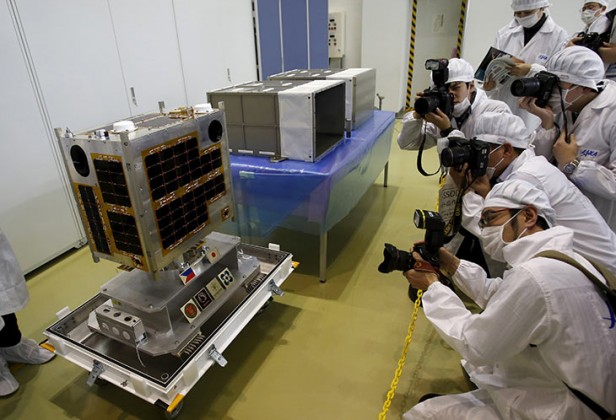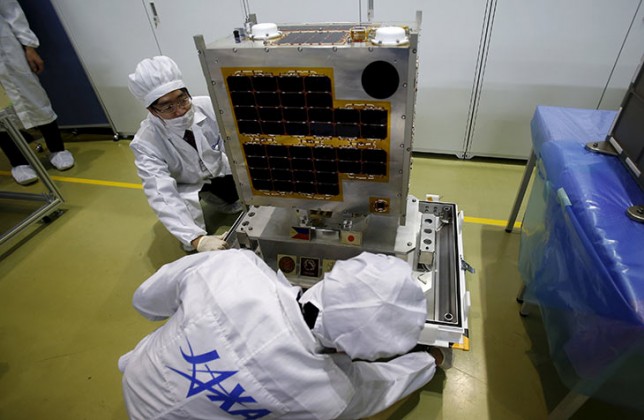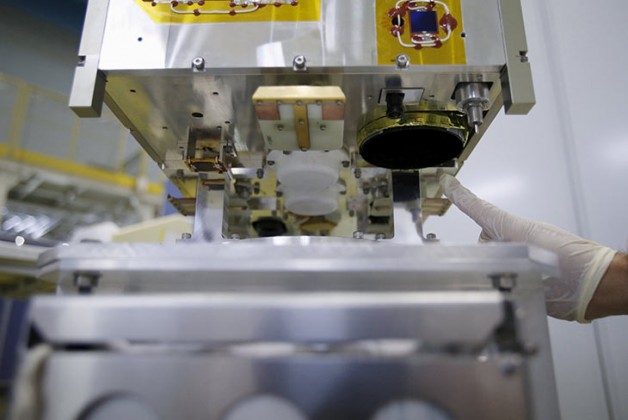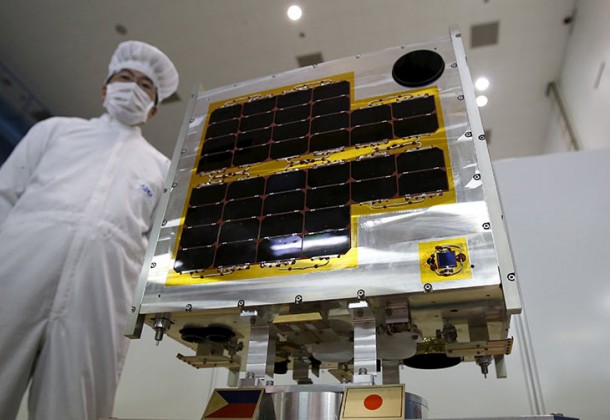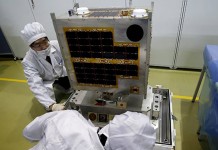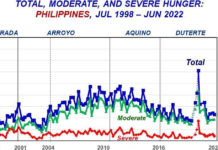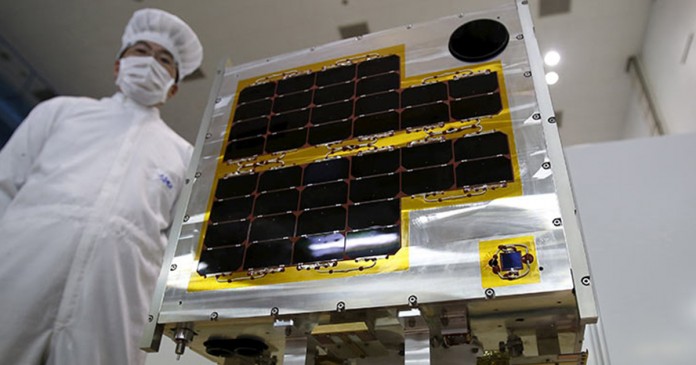
Diwata, also known as PHL-Microsat-1 is a Philippine microsatellite to be launch early this year. It is the first microsatellite and the first one to be built and designed by Filipinos.
The satellite is part of the Department of Science and Technology’s Philippine Scientific Earth Observation Micro-Satellite (PHL-Microsat) Program. It is a joint venture between the Philippine government and the Hokkaido University and Tohoku University of Japan.
Nine Filipino engineers from the DOST-Advanced Science and Technology Institute (ASTI) and the University of the Philippines were responsible for the production of the Diwata with the collaboration of scientists and engineers from the two Japanese universities.
The assembling and testing of the PHL-Microsat-1 was completed in December 2015.
Diwata can examine land mass with accuracy of about 5 meters. It can be used for disaster management, forest cover monitoring and national security. It will also have applications in agriculture.
Diwata was handed over to the Japan Aerospace Exploration Agency (JAXA) on Wednesday, January 13, 2016 at the Tsukuba Space Center in Tsukuba, Japan. JAXA is set to send the satellite to NASA in the United States after conducting final tests on the satellite.
After final tests on Diwata-1 NASA will hand it over to SpaceX which will be launched either from California or Florida to the International Space Station. It will be inspected for at least 18 months before it will be deployed into orbit.
-John Esconde


